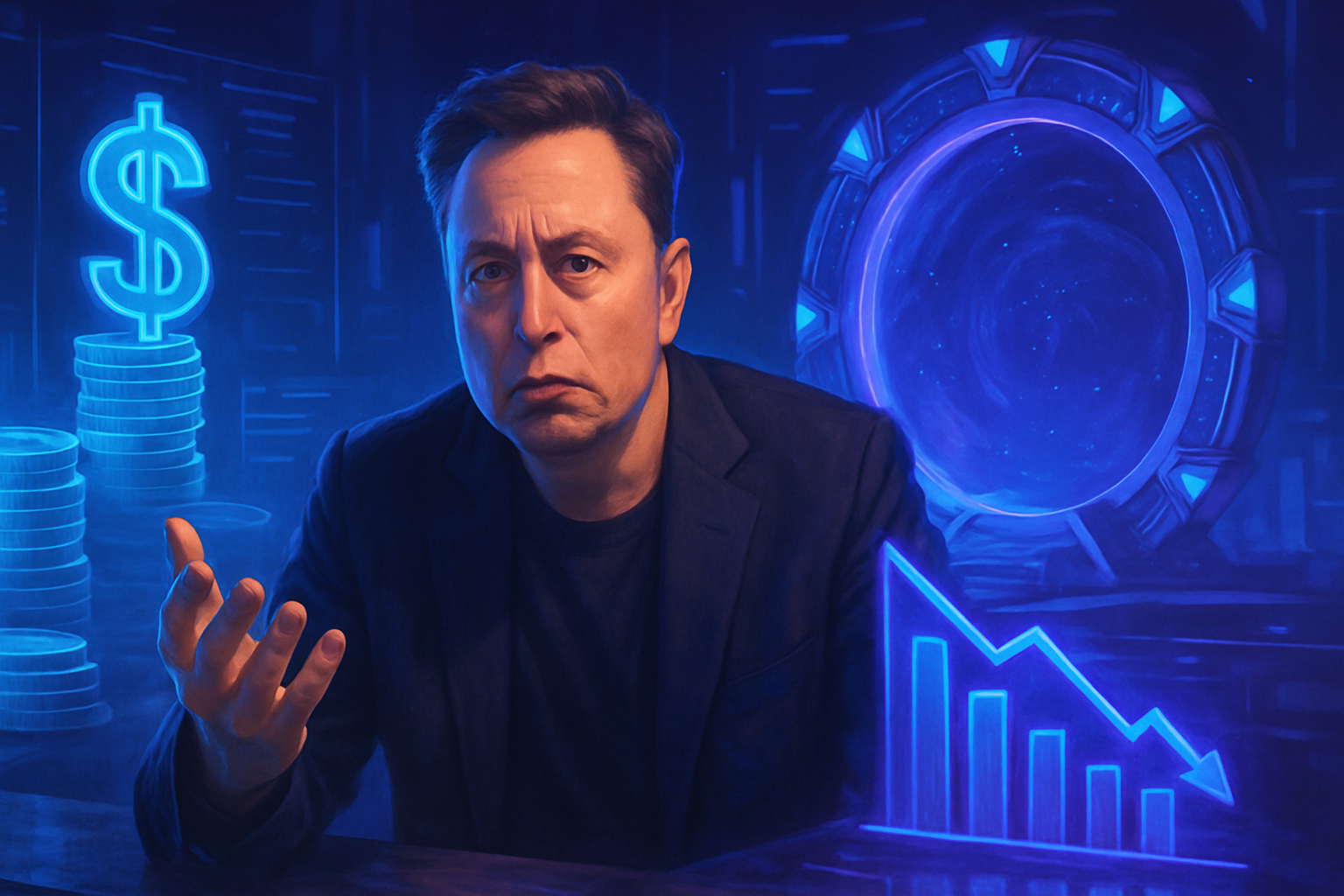The release of a provocative video by Donald Trump raises questions of opportunity and truth. *The fictional arrest of Obama* resonates in a tense political climate, exacerbated by accusations of treason made by Tulsi Gabbard. *The use of technological tools* to manipulate images displays the growing tensions within the American political landscape.
Trump supporters are jubilant over this montage. A key moment emerges: *the response of critics and allies*, oscillating between being disinformation and diversion tactics. The plurality of interpretations regarding this artificial video highlights the fragility of democracy.
A disturbing video shared by Trump
Donald Trump recently posted on his Truth Social platform a video generated by artificial intelligence, depicting the arrest of former President Barack Obama in the Oval Office. This 45-second video quickly gained popularity after being shared on TikTok. Trump’s lack of commentary on this post raises questions about his intentions.
An incongruous and provocative montage
The clip begins with real footage of Obama stating that “the president is above the law.” Subsequently, other prominent Democrats, including Joe Biden, appear claiming that “no one is above the law.” This controversial montage becomes ridiculous by introducing a clown character based on the meme Pepe the Frog, who plays his nose as a preamble.
The scene then shifts to present an imaginary meeting between Trump and Obama, interrupted by FBI agents who arrest the former president. This fictional arrest concludes with an image of Obama, dressed in an orange jumpsuit, locked in a jail cell, all set to the song “YMCA” by the Village People, a piece often used by Trump during his rallies.
Inflamed reactions on social media
Reactions to this video are deeply polarized. Trump supporters on Truth Social welcomed it with jubilation, some expressing the wish that this vision become reality. Nick Sortor, a right-wing commentator, wrote on X, “MAKE IT A REALITY,” mentioning Pam Bondi, former Attorney General of Florida.
In contrast, critics denounce this content as misleading and incendiary. Many see it as a ploy to divert attention from more serious subjects affecting the Trump administration, particularly the recent allegations related to the Jeffrey Epstein case.
The role of Tulsi Gabbard in this controversy
The release of the video coincides with accusations made by Tulsi Gabbard, former Democratic congresswoman and now Trump ally, who accuses the Obama administration of a “treasonous conspiracy.” Gabbard claims to have revealed over 100 documents detailing how information was manipulated under Obama to support the theory that Russia influenced the 2016 elections in favor of Trump.
She has raised questions about the legitimacy of the information used by the intelligence community to justify federal investigations. Gabbard contends that Obama’s actions undermined the will of the American people, labeling the situation a coup against a legitimately elected president.
Reactions from Democrats and the political community
Democrats have characterized Gabbard’s allegations as distorted and driven by political interests. Senator Mark Warner, a prominent figure on the Intelligence Committee, responded by asserting that these statements represent an attempt to falsify facts. Such divergence highlights the intensity of the current political discord.
Legal context and polarization
The legal context is essential to consider. Trump was recently found guilty on 34 counts related to falsifying business records, setting a precedent as the first former American president convicted of crimes. The nature of these charges and the announced verdict underscore a deep division within the country.
Furthermore, a Supreme Court ruling in 2023 complicated the situation by establishing that presidents enjoy immunity for their official actions, casting doubt on the potential accountability of Trump regarding his activities in the Oval Office.
As this video sparks heated debates, it also represents a striking example of how digital tools and visual manipulations can influence current political discourse, making it increasingly difficult to distinguish between reality and fiction in the public arena.
Frequently asked questions
What is the origin of the video showing Obama in prison?
The video was generated by artificial intelligence and shared by Donald Trump on his Truth Social platform, depicting a fictional montage of Obama being arrested in the Oval Office.
Why has the video sparked so much controversy?
The video has been perceived as misleading and incendiary, dividing public opinions between Trump supporters who celebrate it and critics who label it as disinformation.
How are Tulsi Gabbard’s accusations related to this video?
The accusations made by Gabbard against the Obama administration, which she describes as treason, were raised shortly after the video was released, creating a link in political discussions.
What impact could this video have on public opinion?
It could reinforce the beliefs of Trump supporters while fueling outrage among opponents, thereby exacerbating the current political polarization.
In what way could the montage of the video be considered a form of manipulation?
The montage uses elements of reality mixed with fiction to create a narrative that could mislead the public regarding the guilt of former President Obama.
What is the reaction of Democrats to this video montage?
Democrats, including figures like Senator Mark Warner, have condemned the video and Gabbard’s accusations as politically motivated and baseless.
Does this video have any legal implications for Trump?
While the video itself does not seem to have direct legal implications, it exists within a context of political tension and controversies surrounding Trump’s behavior.
What consequences may arise from the dissemination of this type of content on social media?
The dissemination of this content may potentially shape erroneous perceptions, influence political decisions, and incite polarized discussions surrounding political figures.






